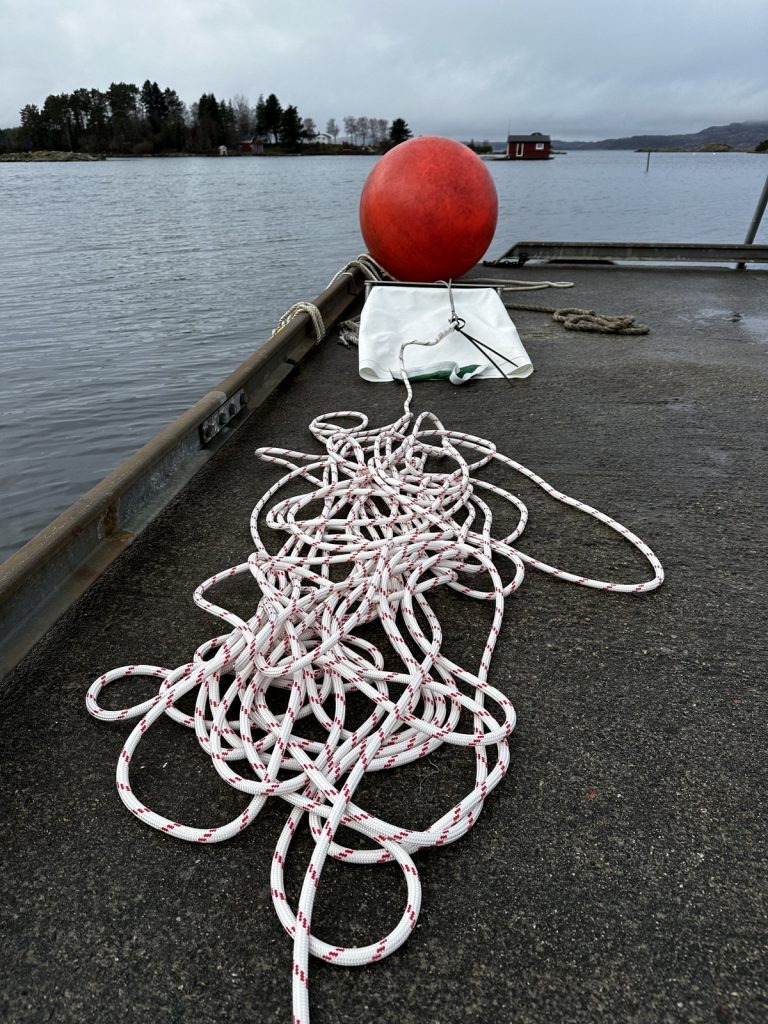Since September 2023, a new taxonomic project started at the University Museum studying the biodiversity of sea snails (with shell) and sea slugs (without (visible) shell) in Norwegian marine habitats. This project is in a way a follow up from the “Sea slugs of Southern Norway” project between 2018–2020, but this time with a focus on poorly studied habitats including seagrass meadows, maerl coralline algae beds and landlocked fjords (“polls”). The target groups of this project are tiny sea snails of just a few millimeters, which are part of a group called “Lower” Heterobranchia and Pyramidellidae (Image 1) that together with the former ophistobranchs (e.g. the sea lugs), and pulmonates (slugs and land snails) form the Heterobranchia, one of the main evolutionary lineages of the Gastropoda.
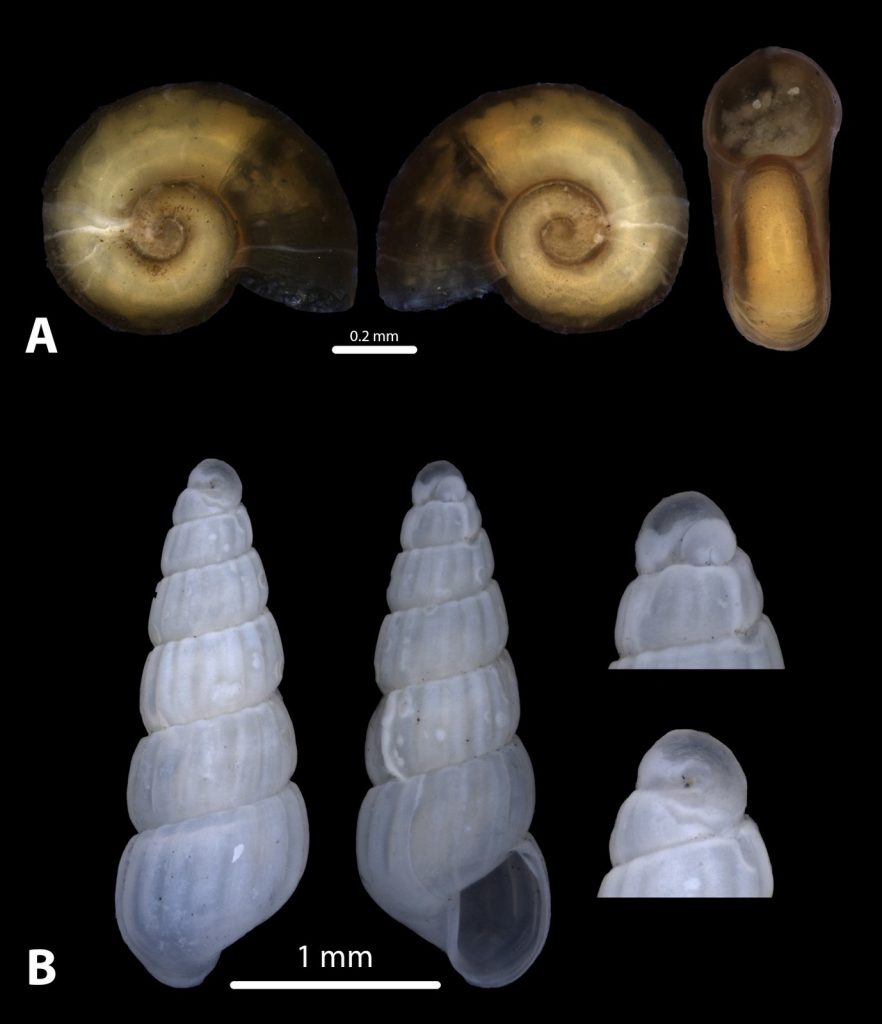
Image 1: Example of shells of a “Lower Heterobranchia” (A) and a Pyramidellidae species (B). Picture CRauch & MMalaquias.
The diversity of these tiny sea snails is poorly understood in Norway. Currently, nine families are known in the country: Acteonidae, Cimidae, Mathilidae, Murchiconellidae, Omalogyridae, Rissoellidae, Tjaernoeiidae, Xylodisculidae and Pyramidellidae (Høisæter 2014), but their small size and similar shells make it challenging to identify the species. During this project these sea snails will be studied in Norway for the first-time combining DNA barcoding and morphology. Sampling will be based on the use of dredges, grabs, and snorkeling by collecting the substrate they live on.
Pyramidellidae are ectoparasites and are often found living on other molluscs or other marine invertebrates, but also on soft sediments. The University Museum of Bergen has already a good collection of “Lower” Heterobranchia and Pyramidellidae from Norway, but a large part of this material is not suitable for DNA extraction due to the original fixation methods based on the use of formaldehyde. Therefore, after the first months of cataloguing the “old” collection and setting up protocols for DNA extraction, we finally set out in February to collect fresh material. We visited two different sites around Bergen to try out collecting specimens by snorkeling and test the efficiency of a recently acquired portable hand-dredge (Image 2).
Our first fieldwork day took place at the Marine Biological Station of UiB at Espegrend. The field station is a convenient place as it features a fully equipped laboratory (Image 3), and just in front of the station there is a seagrass meadow dominated of Zostera marina. This eelgrass is often found in shallow and sheltered coastal areas between 0.5 m to 10 m depth on flat sandy bottoms. Seagrass meadows are diverse and productive and can harbor hundreds of associated species from many different groups of animals. One team member swam with the dredge over the seagrass meadow and dropped it about 30 m from the shoreline, while the other team member pulled it back by hand. In addition, substrates like algae, blue mussels, and ascidians were hand-picked by snorkeling.
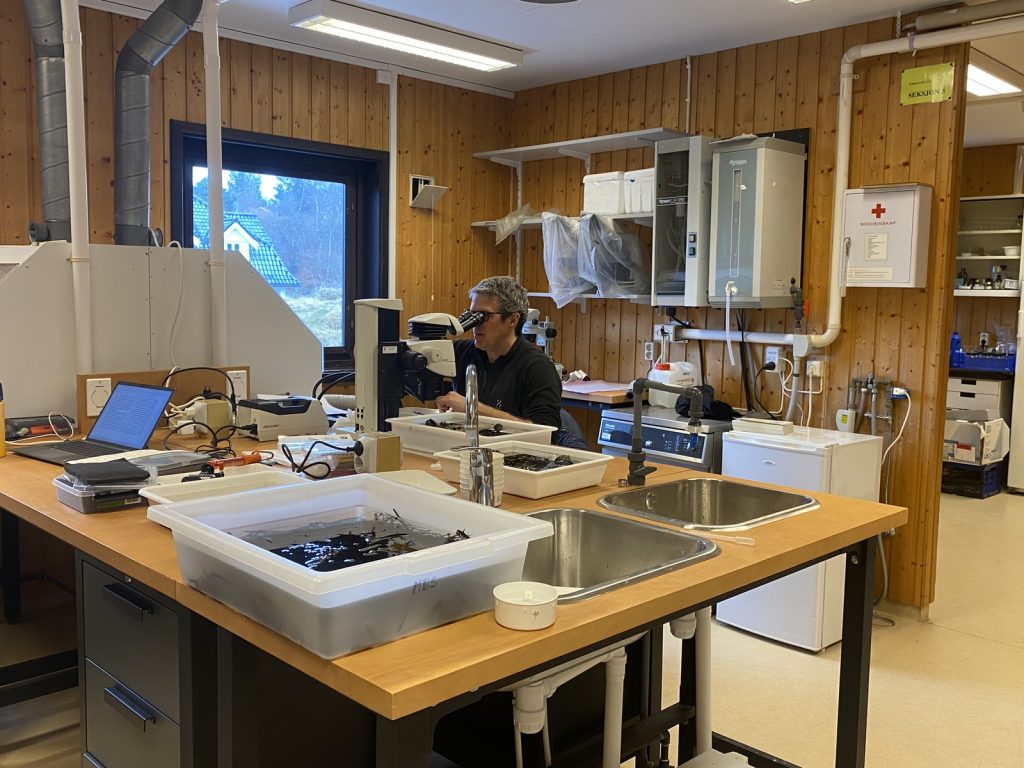
Image 3: First fieldwork for the new project, with project leader Manuel Malaquias behind the stereomicroscope searching for sea snails and slugs at Espegrend Marine Biological Station. Picture CRauch.
These efforts yielded the first specimens, namely the “Lower” Heterobranch species Ammonicera rota (Image 4) and the sea slug Elysia viridis (Image 5).
- Image 4: First find; Ammonicera rota¸ grazing on an Ascidian (background), A. rota is part of the “Lower Heterobranchia” group. Picture C. Rauch.
- Image 5: Elysia viridis, one of the sea slugs found on the unique seagrass habitat. Picture C. Rauch.
During our second sampling event, because of bad weather conditions with strong southern winds, we decided to visit a sheltered popular swimming area (although at this time of the year not so popular!) located north of Bergen called Helleneset (Image 6). Helleneset is a rocky shore area rich in algae and kelp with sand flats in between.
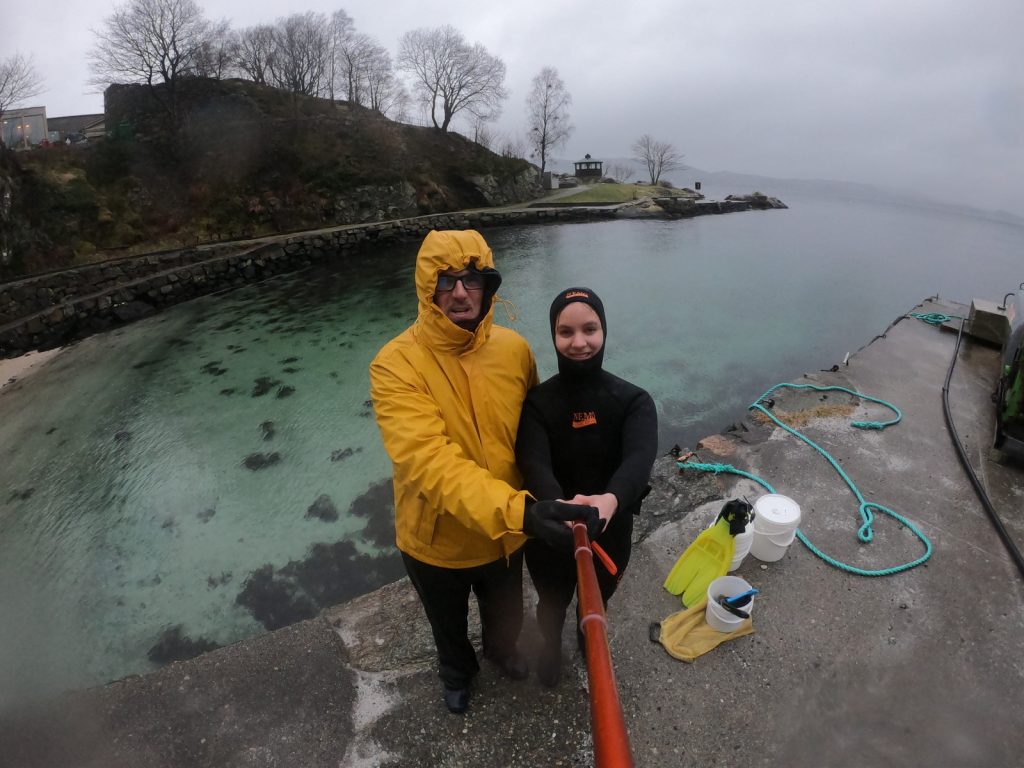
Image 6: Second fieldwork trip, at the popular swimming area called Helleneset, on a wet and cold February day deserted. In the picture Manuel Malaquias and Cessa Rauch. Picture CRauch & MMalaquias
This time the algae and kelp mats collected by snorkeling in ziplock plastic bags did not yield much, but a close examination of the sand (with help of stereomicroscopes) collected again with the hand-dredge revealed the presence of many little gastropod snails. One of these little snails was our first Pyramidellidae; the identity is not yet completely confirmed, but it looks like Eulimella ventricosa (Image 7).
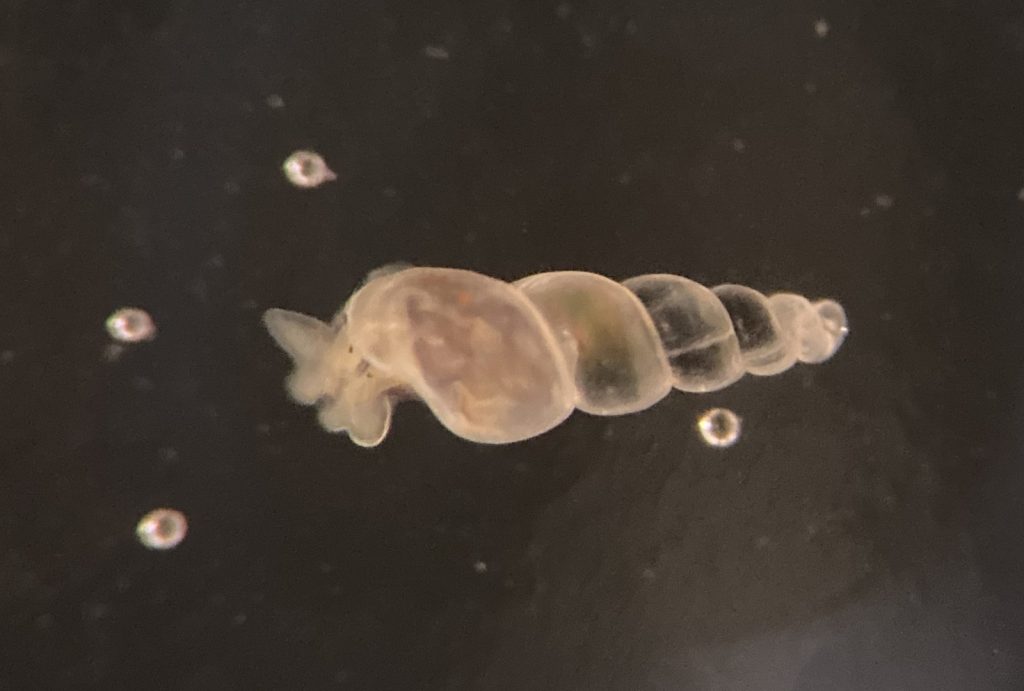
Image 7: A Pyramidellidae found from Helleneset, a possible Eulimella ventricosa. Picture MMalaquias.
These two first samplings days were a good test for how we best can collect these snails which are small and in general a little abundant. The dredge is easier to operate with two people working together; one to deploy it and the other to pull it back to shore. Sandy samples yield better results if left to rest for several hours and even days in trays or buckets because anoxic conditions begin to form, forcing the animals to crawl out of the sediment.
This is just the beginning, if you want to be part of the journey of the diversity of “Lower” Heterobranchia and Pyramidellidae in Norway, we will be regularly updating stories and findings on this channel, and our social media accounts @SeaslugsofNorway (both Instagram and Facebook), see you there!
___________________________________________________________________________________________________
References
Høisæter, T. 2014. The Pyramidellidae (Gastropoda, Heterobranchia) of Norway and adjacent waters. A taxonomic review. Fauna Norvegica, 34: 7-78.

